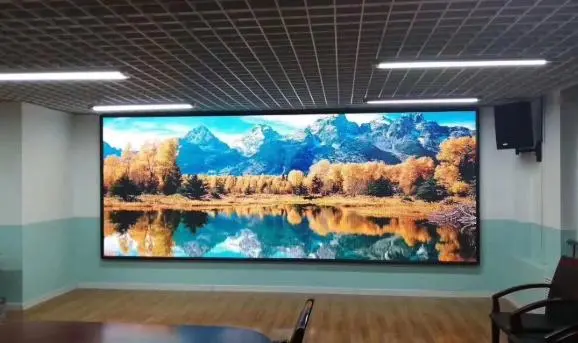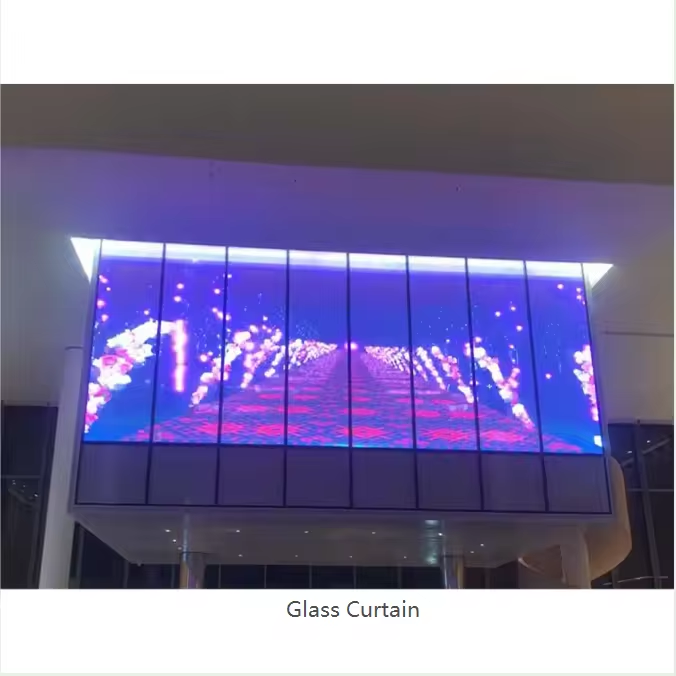In today’s business and event world, LED displays have become a popular choice for many occasions due to their excellent visual effects and wide applicability.
#Muenled
#leddisplay
#ledscreen
#rightLEDdisplay
All posts tagged: Indoor LED displays
The hardest part of starting up is starting out

Teach you how to choose the right LED display screen within a limited budget?

Rental LED Displays screens to enhance the effect of stage activities
In the world of stage events, the visual impact is often as important as the performance itself. Whether it’s a concert, theater production, or corporate event, the right technology can take the experience to the next level.
#Muenled
#leddisplay
#ledscreen
#RentalLEDDisplays

The importance of refresh rate for Rental LED Screens.
When choosing a rental LED display , one of the most crucial factors to consider is the refresh rate.
#Muenled
#ledscreen
#leddisplay
#RentalLEDScreens

In depth guide for Rental LED Display
If you didn’t know about a rental LED display before, or only know a little bit about rental LED displays, then by reading this article, you will have a comprehensive understanding. In this article, we will show you all aspects of this stage LED display from “what”, “why” and “how”. Now, let’s start this journey together!
#Muenled
#led screen
#LED Display
#Rental LED Display

What LED Backdrop Screen will be used for the event layout?
In modern event planning, the impact of visual effects often determines the success or failure of the entire event. Among the many technological means to enhance the visual experience, LED Backdrop Screen have become a popular choice in event layouts due to their excellent display effects and flexible application methods. Whether it is a large-scale concert, a commercial exhibition, or a private wedding celebration, the LED stage background screen can bring an unparalleled visual feast to the audience through high brightness, high definition and colorful pictures.
#MuenLED
# led screen
#led display
#Rental LED display
#LED Backdrop Screen

What are the LED screens that will be used at weddings?
In today’s modern weddings, creating unforgettable visual experiences is key, and LED screens are becoming an important component of this magic. Wedding LED screens provide a dynamic way to display beautiful visual effects, from warm and enticing photo slides to live broadcasts of ceremonies, ensuring that every guest receives a perfect picture.
#Muenled
#led screen
#led display
#Rental LED display

Comprehensive guide for Rental LED Display Screen
LED Display screens have revolutionized the world of visual display and communication over different businesses. Their distinctive colors, brightness, and flexibility make them perfect for occasions, publicizing, and intuitively display. This comprehensive direct dives into the world of Rental LED Display screens, covering everything from their sorts, benefits, applications, and key variables to consider when leasing one.
#MuenLED
#led screen
#led display
#Rental LED Display

How to achieve better visual effects by Rental LED display screen?
Rental led display
#muenled
#leddisplay
#ledscreen

